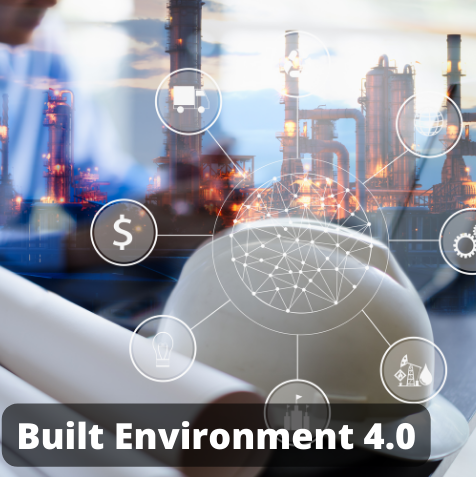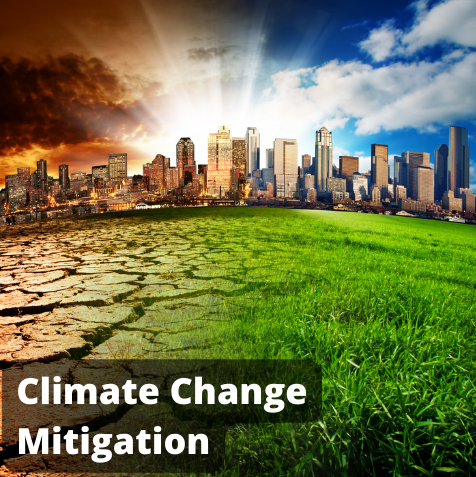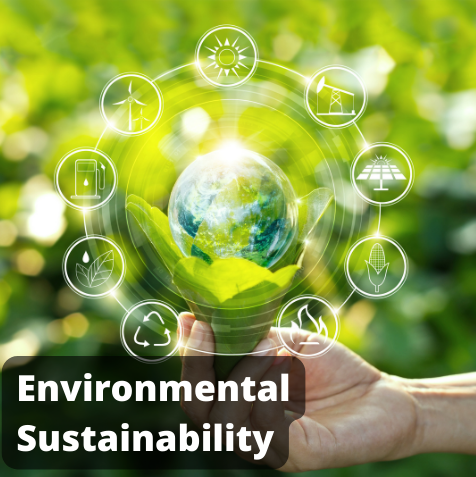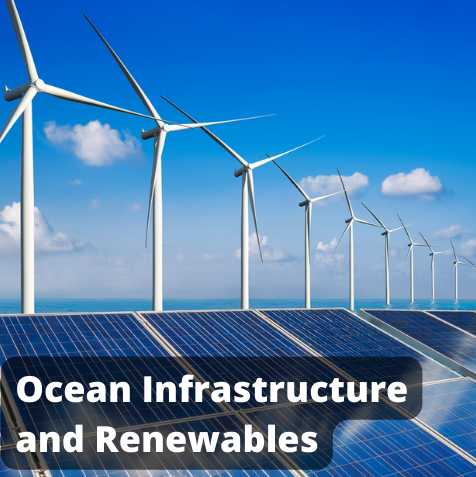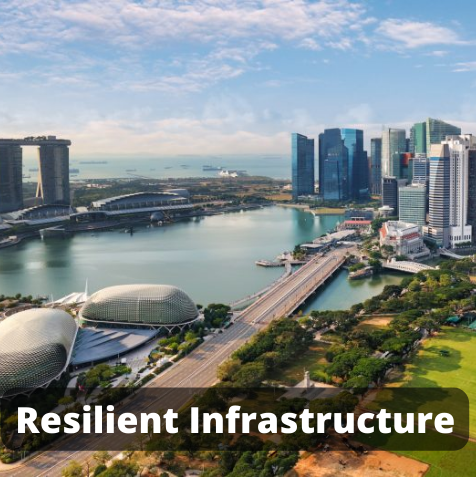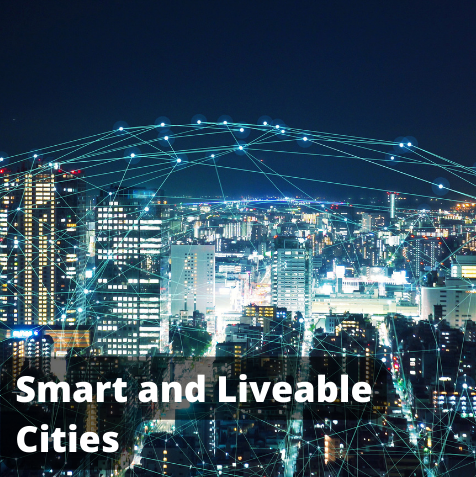-
-
- Bridging Scales from Below: The Role of Heterogeneities in the Global Water and Carbon Budgets
- Increasing Occurrences of Cyanobacterial Blooms Driven by Climate Change Factors
- Carbon Capture and Utilization
- Integrated Coastal-Inland Flood Model for Climate Change
- Pathways for Sustainable and Climate-Resilient Planning of Water-Energy-Food Security Nexus
-
- Air Quality and Health: A Paradigm Shift
- Surface Water Quality and Emerging Contaminants
- Microbial detoxification of persistent organohalide pollutants (POPs)
- Nutrients Removal in Waterbodies via Sustainable Pathways
- Centre for Water Research (CWR) researchers join their forces with U of T researchers for microplastics pollution detection and control in water and wastewater
- Dealing with Hard-To-Treat Industrial Wastewater
- Valorization of Bioresources – Towards a Circular Economy
-
- Intelligent Traffic Diffusion Plan Generation, Effective Assessment and Dissemination Strategies
- Transforming Waste into Resources for Infrastructural Development
- Look-Ahead Integrated Geophysical Investigation System (IGIS) for Singapore Tunnels
- Next-Generation Airport Pavements with Full-Scale Instrumented Testing
-
- Centre for Advanced Materials and Structures
- Centre for Hazards Research
- Centre for Resilient Underground Infrastructure and Engineering (CRUISE)
- Centre for Transportation Research
- Centre for Water Research
- Centre for Resource Circularity and Resilience (CR)2
- Centre for Offshore Research and Engineering (CORE)
- Centre for Environmental Resilience
- Safety & Health Committee
- Completed Research Projects
- Research Brief
- Achievements (in the media)
Research Clusters
The CEE Department has been actively engaged in significant national initiatives to ensure that Singapore's urban spaces and infrastructures are meticulously planned, designed, constructed, maintained, and utilized to meet the country's long-term needs and foster economic growth. To build a future-ready nation, the department has developed new capabilities and expertise in areas such as digital and smart technology, infrastructure resilience, space creation, urban sustainability, and urban environmental analytics. This national focus, combined with the adoption of emerging technologies like artificial intelligence, robotics, and 5G networks, will shape the direction of CEE’s core research activities. These areas are multifaceted, spanning multiple domains and creating research clusters beyond traditional boundaries. This approach allows the CEE Department to leverage its strengths, secure future opportunities, and enhance its visibility, impact, and recognition.
CEE research is led by:
A/Prof Ong Ghim Ping Raymond (Deputy Head (Research))
A/Prof Yu Liya (Associate Head (Research))
The Department has established six research clusters to address future challenges at the national, regional, and global levels:
The research laboratories, expertise and research activities undertaken by individual CEE faculty, and various research groups are organised under the following research centres:
- Centre for Advanced Materials and Structures (CAMS)
- Centre for Offshore Research and Engineering (CORE)
- Centre for Protective Technology (CPT)
- Centre for Soft Ground Engineering (CSGE)
- Centre for Transportation Research (CTR)
- Centre for Hazards Research (CHR)
- Centre of Water Research (CWR)
- Centre for Resource Circularity and Resilience (CR)2
- Centre for Environmental Resilence (CER)
CORE and CPT are college-level research centers hosted under CDE, while the remaining seven research centers are hosted under CEE.
CORE, CPT, and CHR originated from national needs and engage in a certain level of multidisciplinary research.


